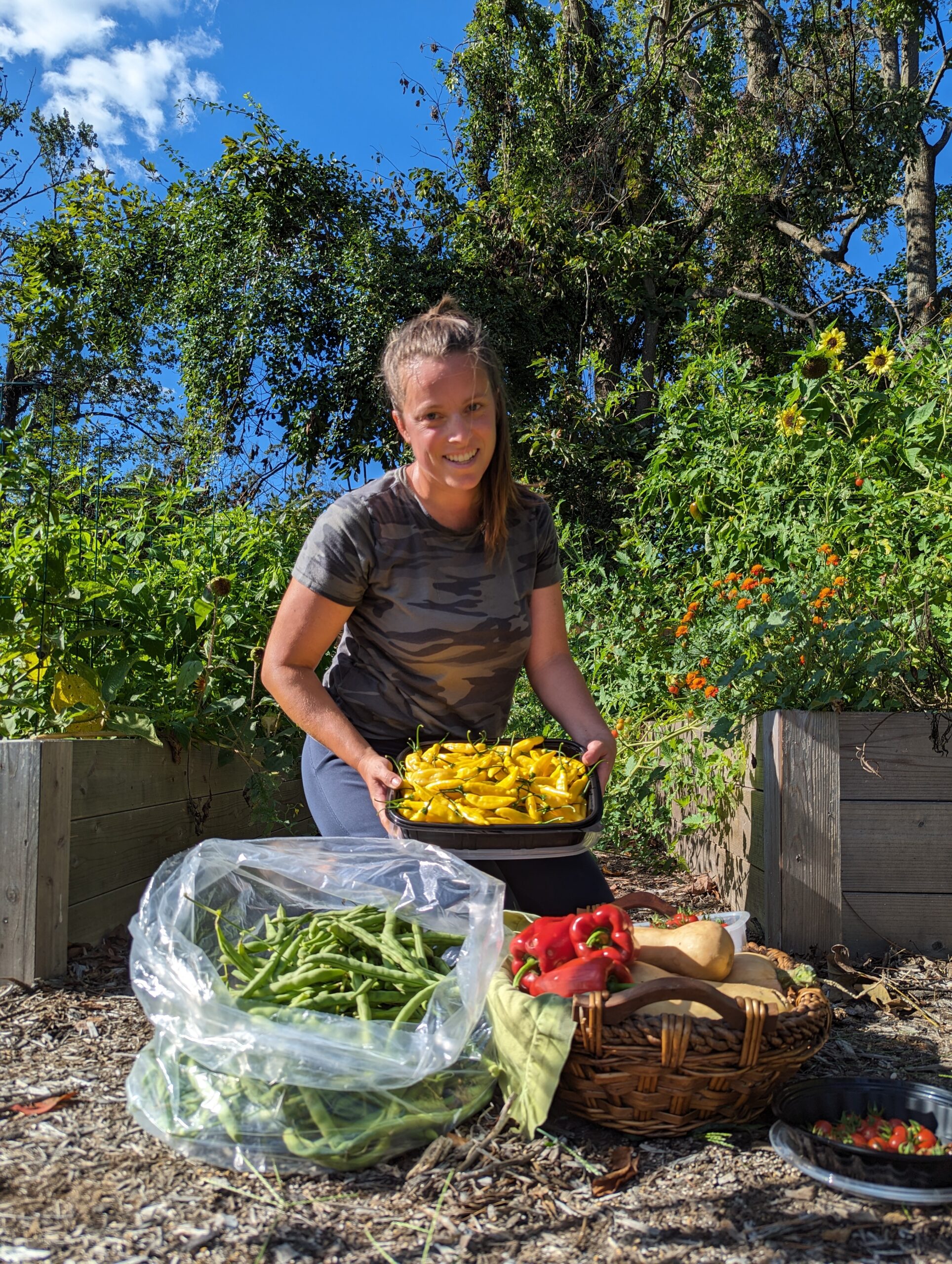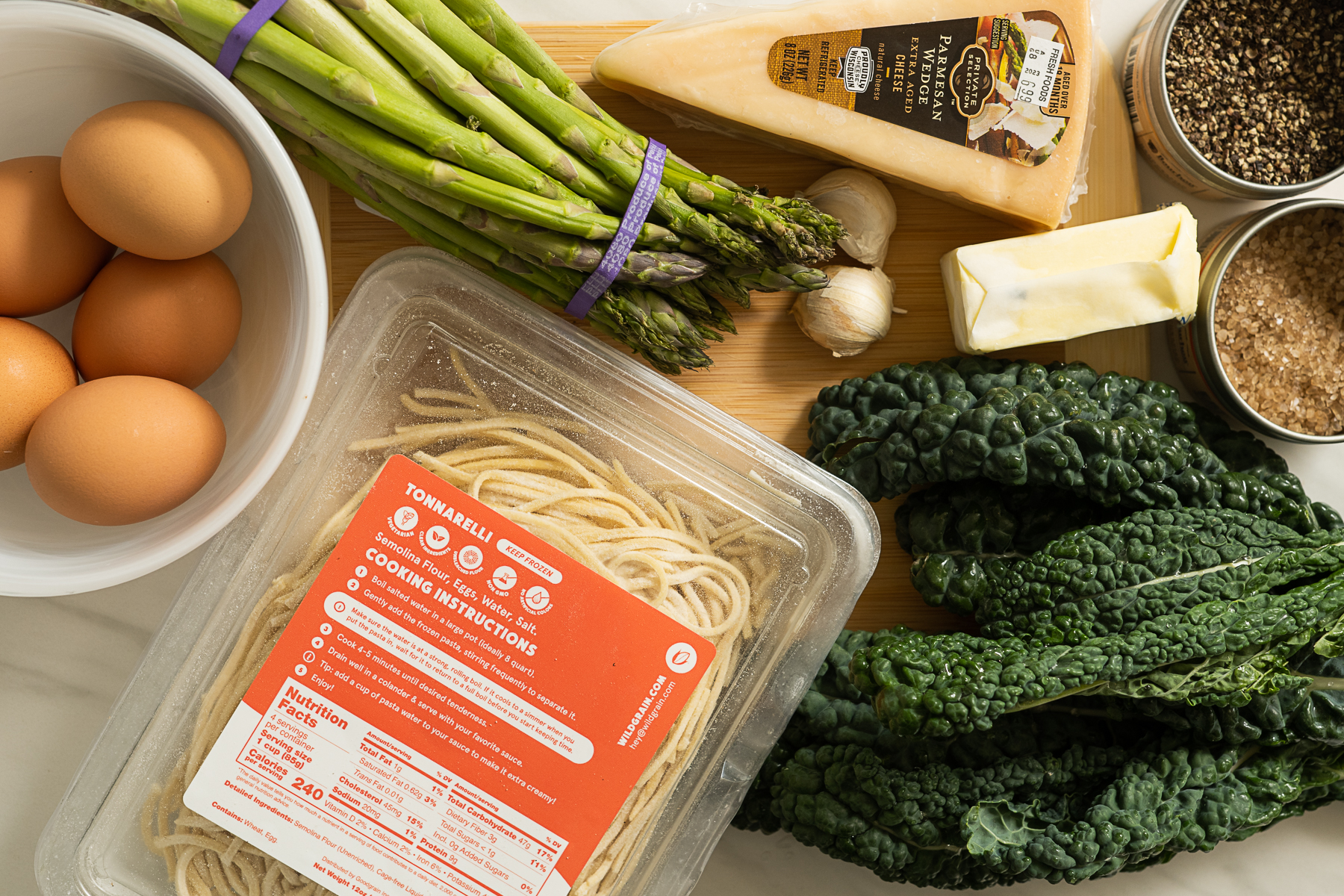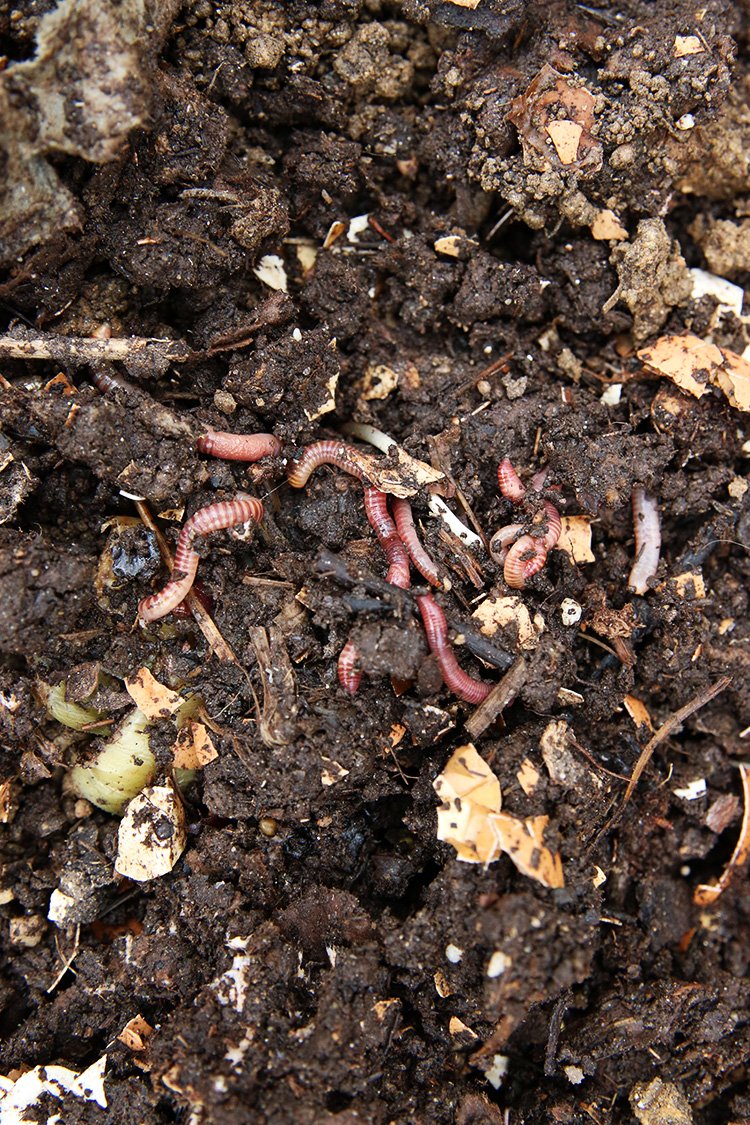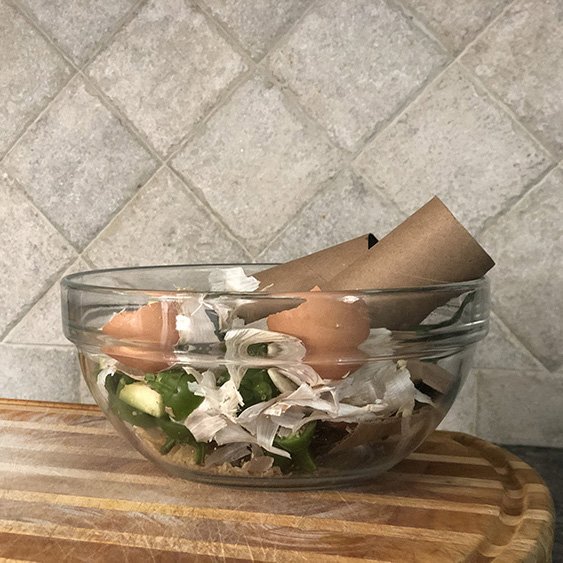5 Ways To Practice Regenerative Living At Home
Why do we so often focus on reducing our impact on the planet? What if we changed the narrative and focused on how we can have a positive impact on our environment?
Humans are a tiny part of a global ecosystem. We can be benefactors to the Earth and not just leeches on its resources. Read on for more about how we can practice regenerative living at home to help heal our planet and make healthier communities for our families.

Many aspects of environmental movements and sustainable responsibility frame humans as an exterior force separate from and against nature. Under that mindset, we are encouraged to limit or negate our impact on the planet and ideally reduce it to zero. This is the heart of the “zero waste” lifestyle movements and the “leave no trace” guidelines when exploring nature.
In some ways, it is important for humans to reduce the damage we do to the planet. We consume too much. We waste too much. We think too much about ourselves and not enough about all of the other living creatures with whom we share the Earth.
But there’s a growing community of visionaries who seek to remind us that humans are part of nature. We are but one of many species who share this planet. While we can certainly cause harm, we also have the capacity and opportunity to have a positive impact on the planet and help heal the Earth.

Instead of simply focusing on reducing our impact, this movement around regenerative living habits shines a hopeful light on the future health of our communities and the planet. When humans live by guiding principles that we are just a tiny part of a giant ecosystem, we can refocus our efforts on doing good things. We can act in ways that clean the air, make healthier soil, and bring back so much of the life and beauty that our gluttony has harmed.
Regenerative Global Systems
Some ideas about regeneration are grand in scale. Our current commercial agriculture practices, for example, might be some of the most harmful systems on the planet. Regenerative agriculture will be a massive undertaking that has huge potential to reverse climate change. But we can’t make these changes alone or overnight, and they will require coordinated efforts among parties around the world.
Collectively, we consume far more resources than the planet can produce in perpetuity. Wealthy nations in particular buy far too much of just about everything, use immense amounts of energy, and generally rely on consumerism to drive public policy. This excessive use and depletion of the Earth’s resources is a challenging and complicated cultural and infrastructure problem to overcome.
However, we can start small and start at home in an effort to be better stewards to the planet and increase our positive “footprint” on this Earth.
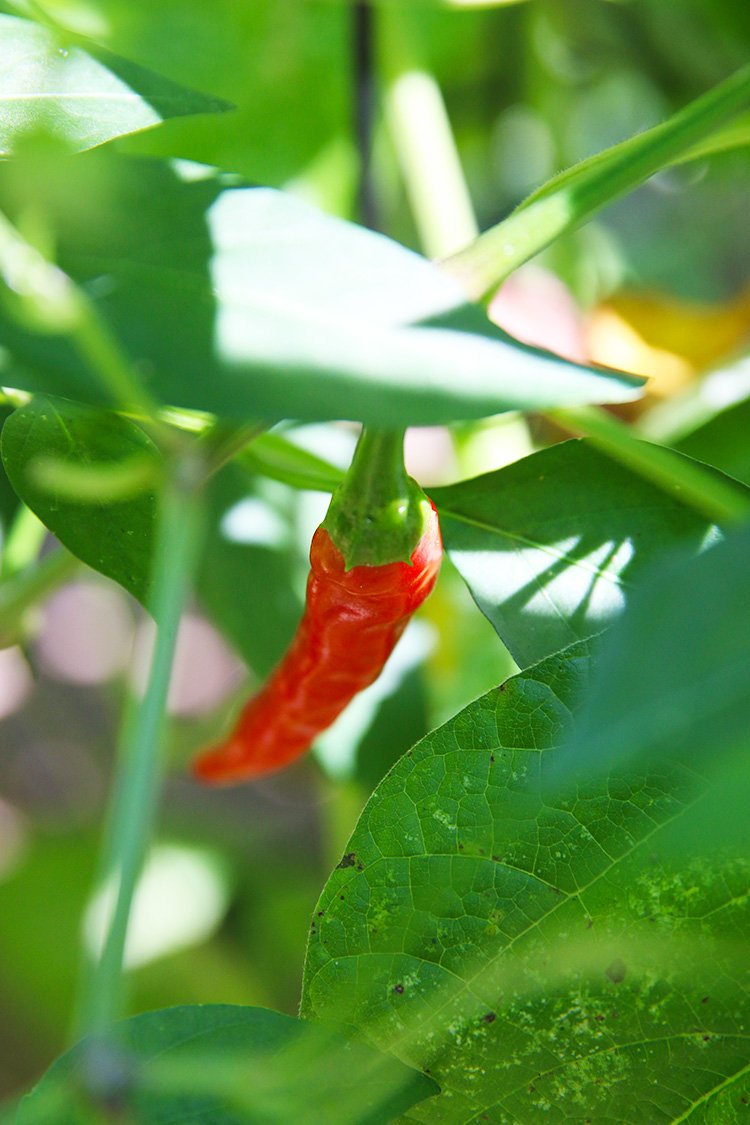
Regenerative Living At Home
Taking a regenerative perspective on how we address climate change doesn’t have to be part of an overwhelming overhaul of our food system or consumerist culture. Regenerative living can start at home.
If you’re looking for brighter and more hopeful avenues to heal our planet and make way for the revival of our ecosystems, here are a handful of ways you can start living out regenerative values at home.
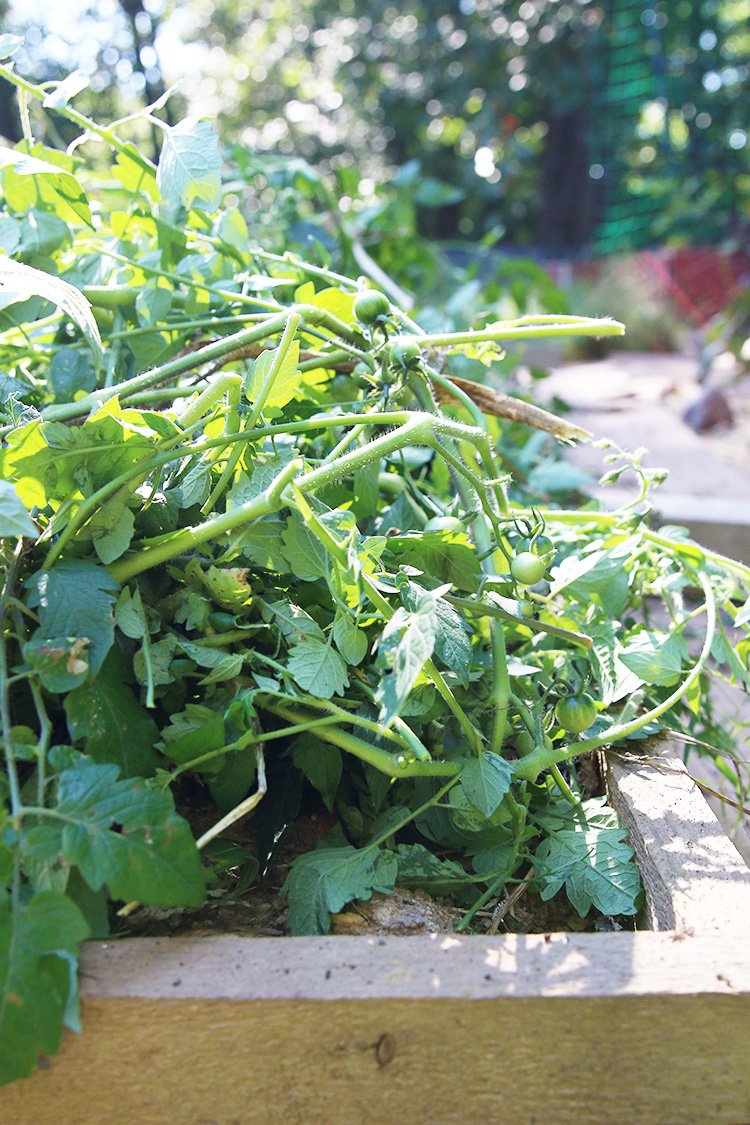
Compost Food Scraps
Composting is a “gateway drug” to eco-friendly living at home. Composting food scraps is quite simple, and there are so many reasons why composting is really important to the environmental protection of our homes and communities.
There are many different ways to compost at home that nearly all of us can find a way that will fit into our lives. If you don’t believe me, check out our Bring Your Trash To Life series where we regularly highlight families who compost at home in a variety of ways.
If you’re new to composting, I have a whole bunch of resources to help you get acquainted with the composting process, the science of composting, and lots of questions people ask about how to compost at home.

Rewild Your Yard
A perfectly manicured lawn is highly overrated. Open grassy areas are wonderful play spaces for kids. But chemical-laden, fertilizer-driven, weed-free monoculture lawns are terrible for the environment and for so many species that need biodiverse habitats to survive.
Rewilding your yard is essentially an intentional decision to give control back to nature, with a bit of pruning or assistance along the way. Rewilding your yard does not require you to let everything grow into an uncontrolled mess. Instead, it entails creating intentional spaces where you allow wildflowers and other natural elements to thrive. These spaces also become home to a large variety of bees, bugs, and other small creatures that foster a healthy and flourishing ecosystem within your yard.
Rewilding your yard can happen in a variety of ways. As I mentioned above, it may be as simple as allowing certain parts of your yard to grow on their own. You may choose to intentionally cultivate more native plant and flowers species in a well-managed garden. Even choosing to mow your lawn a little less often so wildflowers can grow and be available for bees between trims is helpful.
If you’re concerned about perceptions from neighbors, consider adding a cute little “Rewilding Here” sign to let your neighbors know you aren’t neglecting your yard but instead are intentionally tending to it in a way that supports natural habitats.
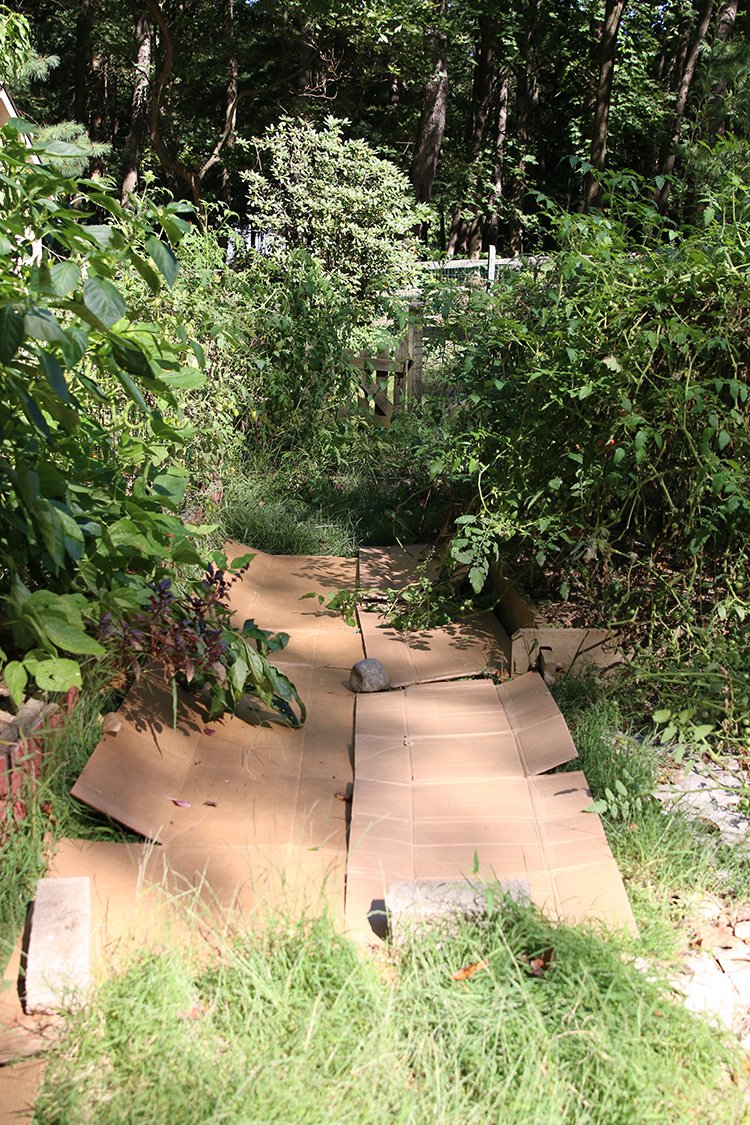
Start A Food Garden
Who said front yards aren’t for growing food? At some point in modern history, we clung to the idea that a front yard is a pristine monoculture of boring grass with a few trees and maybe a handful of precisely manicured bushes. Create a home for loads of healthy biodiversity by planting a food garden in your yard, even if your front yard is the sunniest and most spacious place for a flourishing garden of fruits and vegetables.
When managed thoughtfully and with regeneration in mind, food gardens build healthier soil and draw down carbon from the air. They provide a habitat for all sorts of good bacteria and microorganisms, bugs, and birds, all of which lead to a thriving hyperlocal ecosystem.

Compared to open spaces, food gardens and other vegetation help cool the air and increase healthy transpiration (or transfer of moisture into the air from plants, which helps reduce the risk of droughts). Food gardens also bring the food right to our front door, reducing food miles to essentially zero.
If you’re just getting started with a food garden, don’t overwhelm yourself. It’s perfectly okay to start small with a few plants and pots or a little raised bed and grow your garden over time as you learn. Just get started and enjoy the journey along the way.

Use Yard Waste To Feed Your Soil
Fallen leaves, grass clippings, and other yard waste hold immense nutrients that can easily be returned to the soil in your yard. Don’t throw your yard waste in the trash. Nature spent so much time and energy utilizing nutrients to create new life in the form of trees, bushes, grass, and so many other forms of vegetation.
Nature is its own best recycling center, so use all of that yard waste as a natural fertilizer for the plants and gardens in your yard. Fallen leaves are great for compost piles and mix well with food scraps to create perfect humus. Leaves are also great as garden mulch to cover the soil over the winter and in between plantings. The leaves protect the soil as well as rot into and feed the soil over time.

Be Mindful Before Consuming
Although consumption is directly a form of regeneration, reducing consumption reduces degeneration or overuse of the Earth’s resources. As you contemplate and pursue regenerative living at home, be mindful before consuming.
Consider if you already have something that will serve the purpose or the gap you’re looking to fill. Search secondhand markets before buying new where applicable. Get creative about how you bring new things into your life to be sure your purchases aren’t impulsive or not useful.
To get started, you may consider reading more about how to reduce your purchases from Amazon, how to use Facebook Marketplace, or why you should join your local Buy Nothing group.
If you’re purchasing something for someone else, especially as a gift, consider these 12 questions to find the perfect gift for someone before mindlessly buying the next hot item that shows up on Amazon or in your Instagram feed.
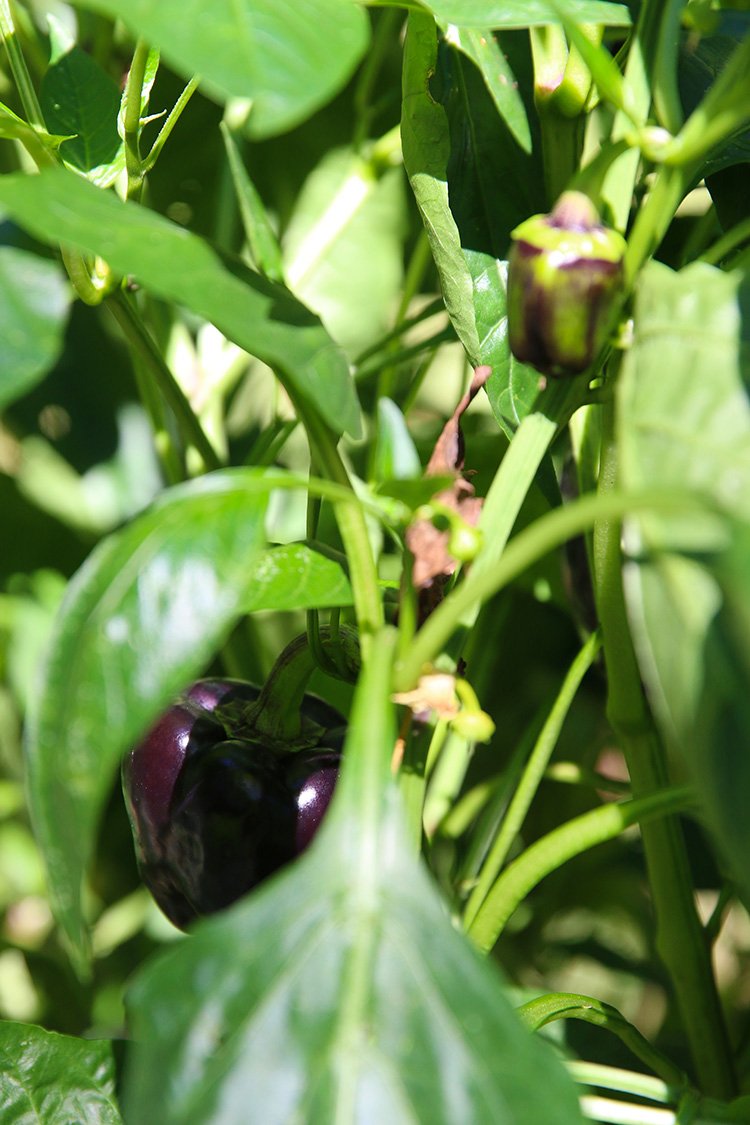

Humans Don’t Have To Be A Burden On The Planet
Indigenous communities lived for thousands of years on the Earth offering great respect to the planet and all creatures that called it home. Many indigenous cultures consider it paramount to care for the Earth in return for the Earth providing humans a home. They understand that humans can have a symbiotic relationship with our ecosystem. We can be more than just parasites on the planet.
As you make choices about how to live your life, consider where you might be able to choose more regenerative habits. Where can you benefit Mother Nature and not just be a burden on its bounty?
If You Like Regenerative Living At Home, You Might Also Like
13 Great Ways To Compost At Home
How To Use Pinterest To Reduce Food Waste




